Eating while traveling (especially backpacking) is an odd sport. On the one hand, food is an essential part of place. Trying to figure out a city without getting into its food is like watching the airplane version of 300. Sure you can, but… why?
On the other hand, backpacking is often an exercise in saving money and getting as far as those stretched-thin dollars will allow. For me, that led to a revelation. Over time I’ve discovered that it’s not just okay to go cheap on food, it’s great, because much of the best cooking in the world happens out in the street.
Which led me to wonder recently, what’s the best dining that can be had for $1 or less? Personally, here are a few of my favorites.
Pho (Vietnam)
In general, in southeast Asia travelers are spoiled for choice when it comes to cheap, outstanding food. There’s nowhere better to eat than the Indochinese Peninsula, and their best cooks generally happen to be working in its vibrant marketplace communities and streetside stands.
Travelers looking for an example need go no further than a steaming bowl of the Vietnamese soup known as pho. Hot and spicy, this beef-based noodle soup comes with a bowl of greens and a carousel of spices to ensure that no two people eat their soup exactly the same way. Knowing how you take your pho is, in fact, the sign of someone who has spent real time in southeast Asia.
For me, it’s spicy with a bit of extra fish sauce and (sorry vegetarians) no greens.
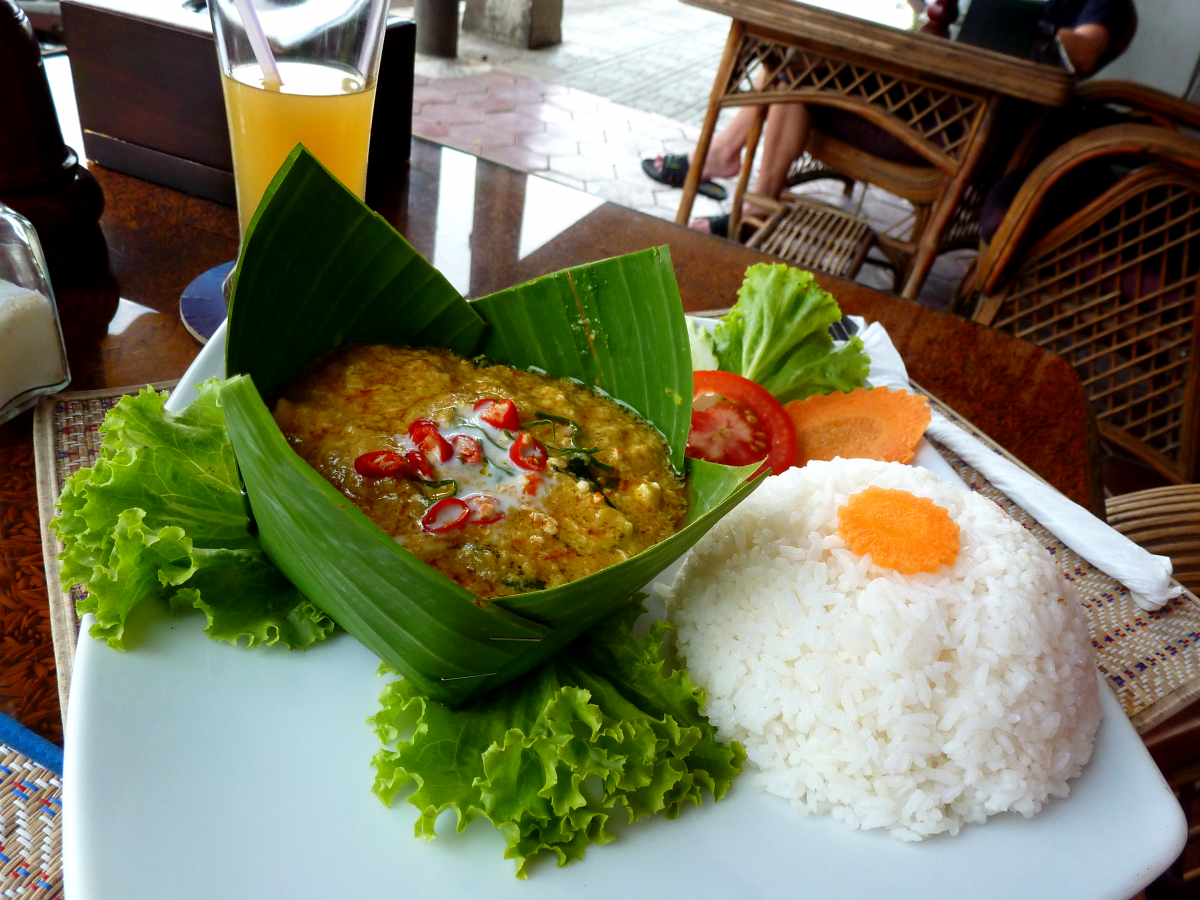
Amok, a kind of Cambodian curry generally served in a wrapped banana leaf. Admittedly, this one cost a whopping $1.50.
Curry (Cambodia)
Until a dark night outside of Phnom Penh my only experience of curry was the limp sauce that midwest Thai restaurants spoon over steamed vegetables and chicken.
Discovering the real thing knocked my socks off. For someone who didn’t even know that curry should come in a bowl, once I tried the real thing at that roadside restaurant there was no going back.
Spicy, sweet, complicated, hard to make and at it’s best when it challenges you, this is romance poured over rice. While most South Asian countries have their own version, Cambodian curries stand out for their focus on root vegetables such as yams and potatoes.
Baklava (Turkey)
To me, Turkey will always happen in a late Istanbul afternoon, walking across the Galata Bridge with a baklava from famed Karakoy Gulluoglu in hand. These small, honeyed pastries are common anywhere with a reasonable Arabic population, and in Turkey are as common as coffees and doughnuts in the United States.
The traditional baklava is layered philo dough, honey and pistachios, but these days inventive bakers have taken it in every which way. For my money, the chocolate baklava, deeply untraditional but no less delicious, is not to be missed. I generally try to bring a box or five home with me from every trip.
Mezes (Greece)
Another country that doesn’t get the recognition it deserves, but in this case that makes sense. In America our concept of Greek food is largely defined by the large, family-run restaurants that dominate places like downtown Detroit. Bustling, blasting zither music and decorated to look like the Parthenon’s slutty younger sister, these restaurants churn out predictable fare suspiciously fast.
With a few exceptions (such as Chicago’s Greektown) American Greek places tend to be… okay.
Greece itself, however, does the job right, and the same goes for its street food. A well-cooked gyro will send you to confession over every Oscar Meyer monstrosity you ever crammed down, and pies like the spanikopita are the perfect light meal for a hot afternoon. But the real treat are the mezes. Served tapas-style by restaurants known as ouzerias, these are small plates of things like meatballs, fish, grape leaves and more. For a few euros per person you can get several plates and spend an entire evening lingering over food, mythos and good conversation. In other words, an entirely Greek way to spend the night. They often average less than $1 American per plate, although you’ll spend more over the night.
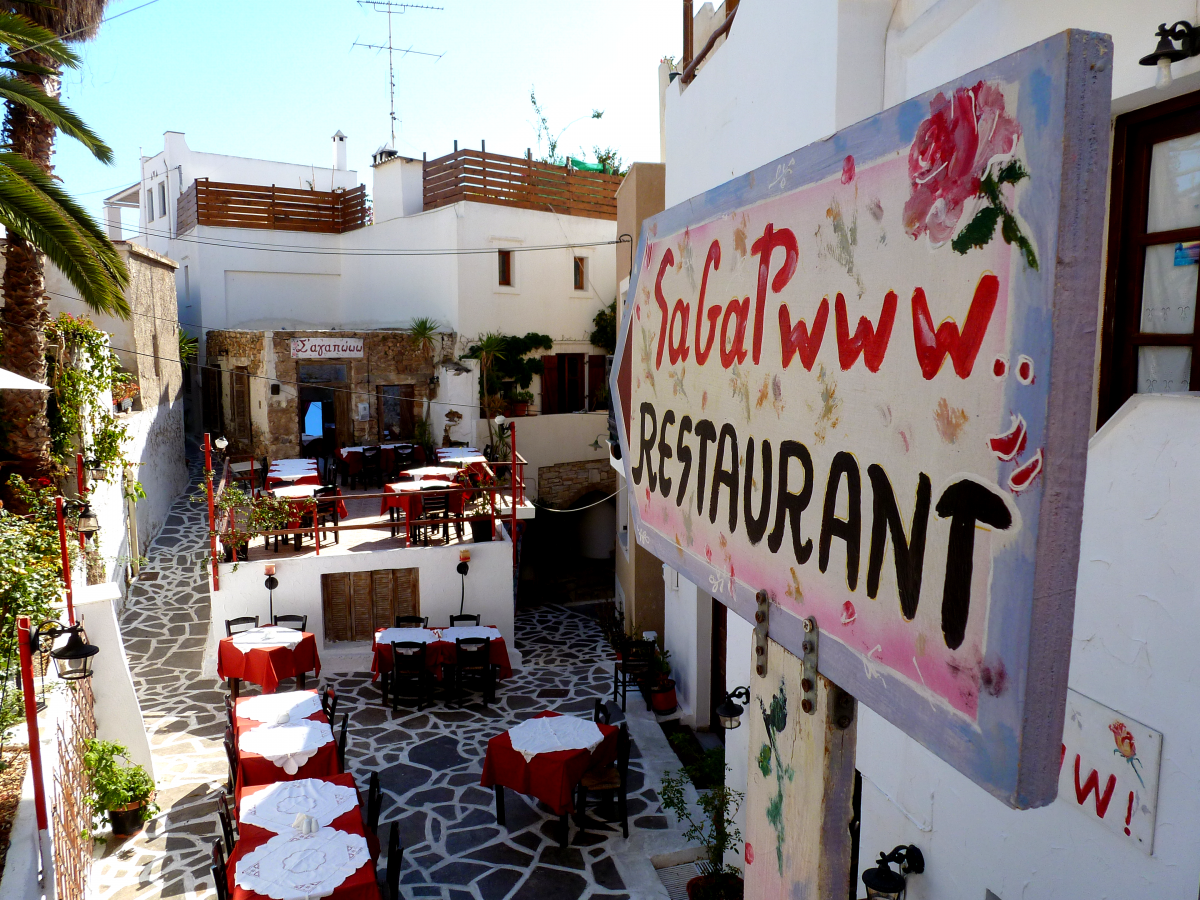
Greece: perhaps the most easily photographed country on the planet.
Esfiha (Brazil)
There’s no getting through this piece without a nod to Brazil and its little known treat: the esfiha.
The truth is, the esfiha is much like an empanada, with South American flavors of minced meat wrapped up in a doughy crust and served on the go. This one proudly wears its Middle Eastern origins on its sleeves, and you can taste the resemblance to dishes like Turkey’s flat bread pidas in its cumin and pine nuts. Get one fresh made, because they’re popular enough to be made in bulk and sit under warming lamps forever, and that’s no good.
Be sure, however, to get one, because with its crispy shell and spiced, savory inside, this is a Brazilian treat you absolutely have to try.
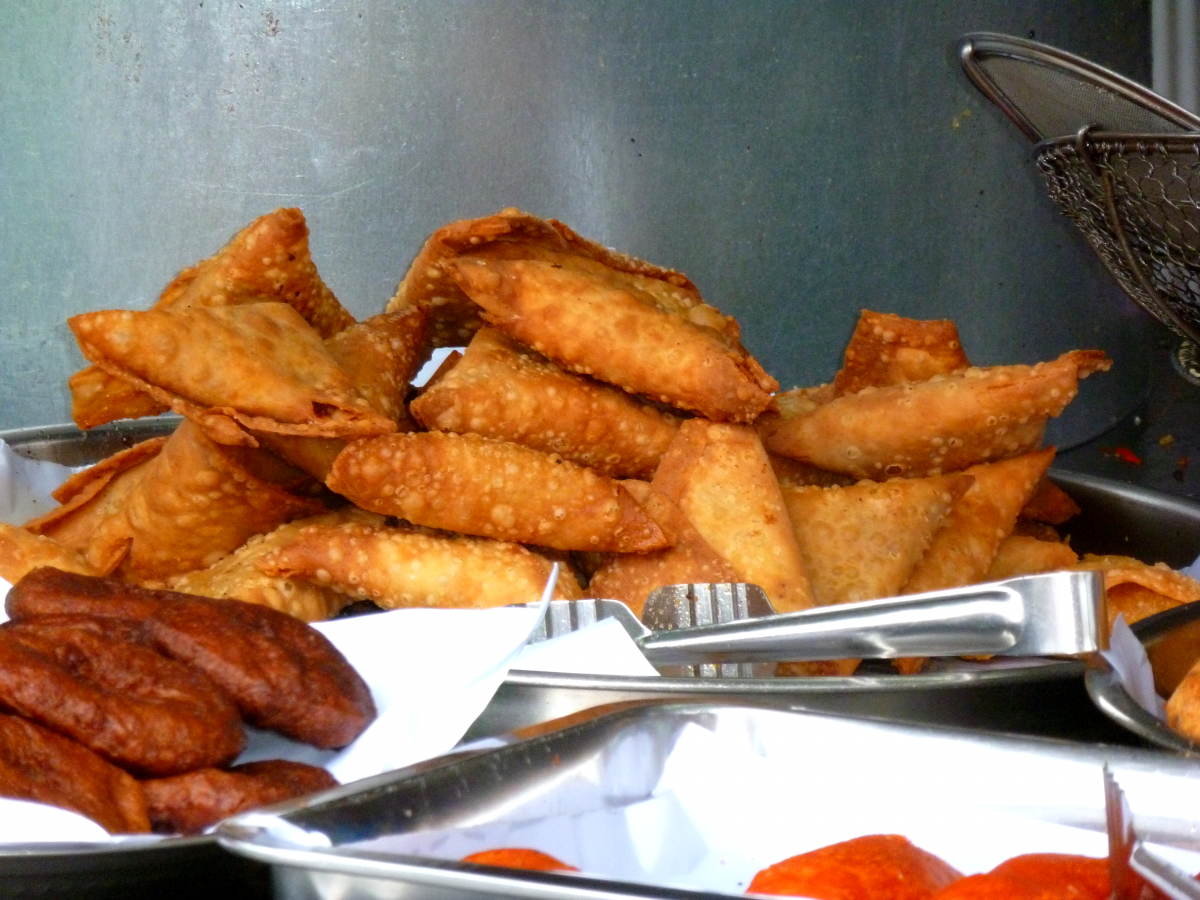
Samosas (Malaysia)
Samosas are a staple Indian dish. Flaky and fried, somewhere between a dumpling and a savory pie, one or two of these are enough to make a meal on their own.
The standard issue samosa comes stuffed with chickpeas and potatoes, along with the heavy spices that define Indian food. No matter the country of origin, though, some of the best samosas in the world can be found on street corner stands in Georgetown, on Malaysia’s island of Penang.
In and of itself one of the great food cities in the world, Georgetown (generally just referred to as Penang) features eye-poppingly good Indian food. Be sure to get your fill of the standard chickpea and potato variety, then branch out to try samosas stuffed with chicken, cauliflowers and more.
Malaysia’s history is one of immigration, invasion and cultural collision on a national scale. Nowhere is this more obvious than in Georgetown, where drinkers at the quayside pub can hear calls to prayer over a plate of the samosas they picked up down the road.
- Write More Listicles - August 12, 2021
- Find The Hard Interview - July 28, 2021
- Using Your Voice - August 22, 2018

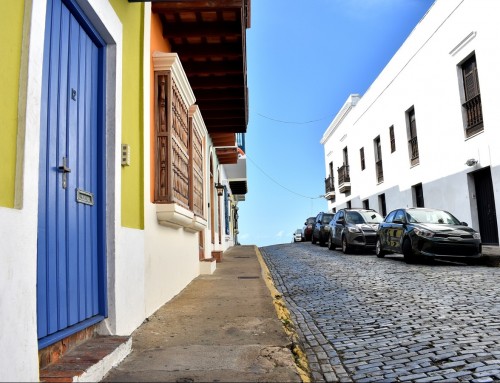
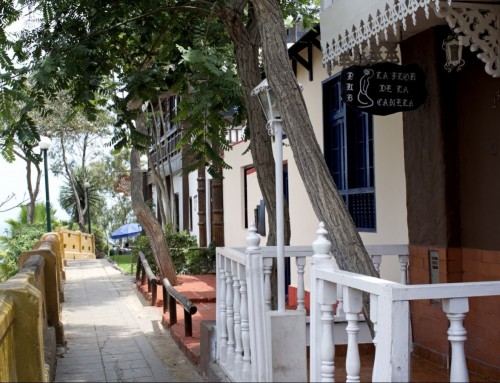
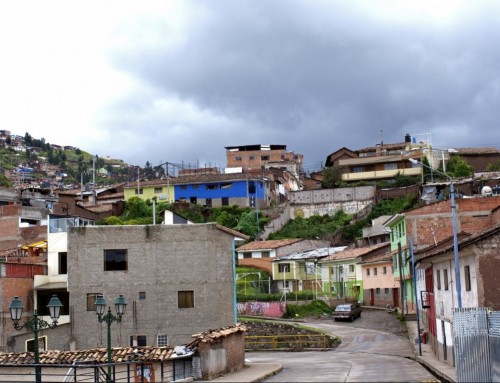

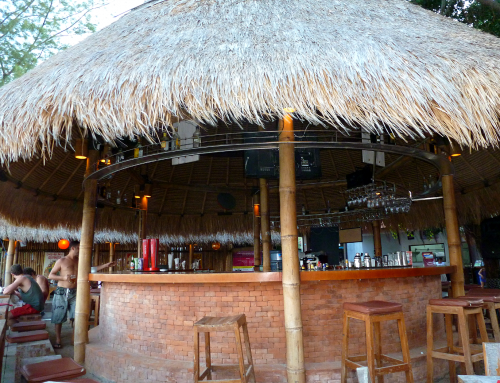
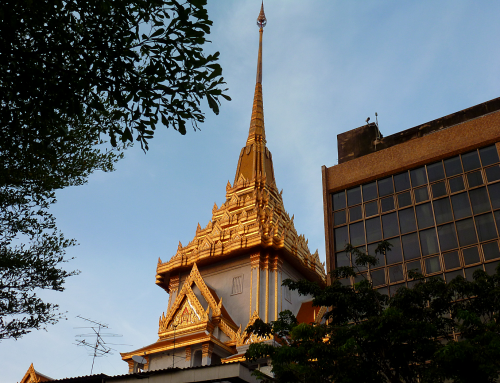
Leave A Comment